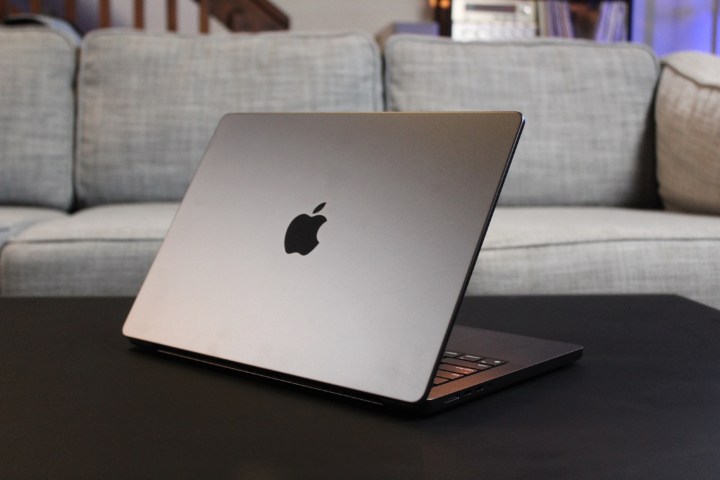
I published my review of the M3 Max MacBook Pro earlier this week, and suffice it to say, I was pretty impressed. I’m fond of the Space Black color, and the GPU performance in particular blew me away.
But one configuration of the new MacBook Pro went a bit more under the radar — the M3 Pro model. Apple wasn’t keen on sending this exact unit out to reviewers, instead leading with its much stronger foot, the M3 Max. And while the M3 Max and Pro were a bit closer in performance in the M2 generation, this time around, it seems as if there’s more of a disparity.
There are two eyebrow-raising specs in regard to the M3 Pro. First, the core counts have been changed, reconfiguring what the M2 Pro used. This time around, the 12-core M3 Pro has six performance cores and six efficiency cores, whereas the M2 Pro had eight performance cores and four efficiency cores. It also has a reduced memory bandwidth, down from 200 GB per second to 150 GB per second.
But the real controversy around memory is around capacity. Apple has begun selling the base configuration with 8GB instead of 16GB of RAM, which alone has caused its own minor backlash. To make things worse, Apple has publicly defended the decision in an interview, claiming 8GB of its unified memory is equivalent to 16GB on comparable machines. Independent testers have already proved this wrong, of course, showing how 8GB of RAM can severely limit performance. One test showed that with 20 Chrome tabs open, Adobe Lightroom Classic was 79% slower at completing a media export when it only had 8GB of RAM to work with. That’s not surprising, but it shows why it can feel misleading for Apple to even offer an 8GB version of a “Pro” laptop.
There are more concerns than just memory, though. The first actual performance leak revealed some early Geekbench scores that came out last weekend, showing some very disappointing results. They showed a single-core score of 3,035 and a multi-core score of 15,173, which YouTuber Vadim Yuryev notes is practically equivalent to the performance of the M2 Max. Compared to the results of my own MacBook Pro, that’s 28% slower than what I got with the M3 Max.
Of course, this doesn’t address graphics, which are where the biggest gains in the M3 generation are. So, I think you’d still see an improvement going from the M2 Max to the M3 Pro. But it’s still not a good look.

One of the first thorough reviews of the M3 Pro came out from Ars Technica on Thursday and confirmed a lot of the initial concerns. The M3 Pro is clearly an improvement over the M2 Pro and M3, but doesn’t compare quite as well to the Max model. Whereas the M2 Pro used to be almost too overpowered to make sense in the lineup, even causing some awkward positioning to chips in the previous generation, the M3 Pro is a much more modest improvement over the base configuration. This review does show the M3 Pro being only 13% faster than the M2 Pro (in the Mac mini) for graphics in the 3DMark Wildlife Extreme benchmark.
All the while, prices have remained the same. So, while the M3 Pro does its job in the lineup, it seems to be there primarily to push people up to the more expensive M3 Max. If nothing else, it certainly guarantees that Apple is making more off M3 Pro buyers.
None of this means that you should necessarily avoid the M3 Pro MacBook Pro altogether. For some, it may be just enough performance at just the right price. But I think it’s becoming an increasingly small demographic compared to the M3 or M3 Max models.
Editors’ Recommendations
Services Marketplace – Listings, Bookings & Reviews
